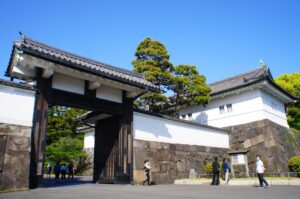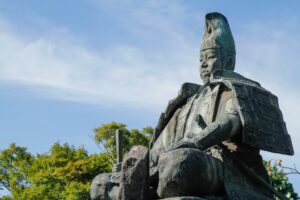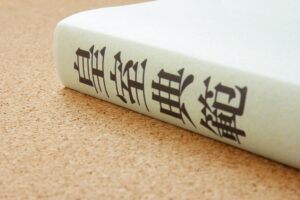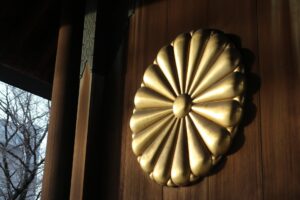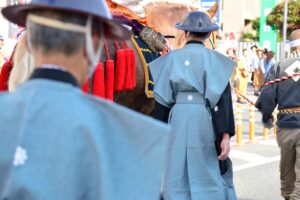Japanese swords have long symbolized honor, craftsmanship, and the spirit of the samurai. While the katana is the most widely recognized name, there are several other traditional Japanese blades—each with its own name, design, and use. In this comprehensive guide, we’ll explore what a Japanese sword is called, the main types, historical evolution, sword-making techniques, and how they are preserved and admired to this day.
What Is a Japanese Sword Called?

The general term for a Japanese sword in English is simply “Japanese sword,” but in Japanese, these swords are collectively referred to as nihontō (日本刀), meaning “Japanese blade.” The most recognized term in English is katana, often depicted in films and anime as the quintessential weapon of the samurai. However, katana is only one type of traditional Japanese sword.
Other types include the wakizashi (a shorter companion sword), tachi (an older cavalry sword worn edge-down), tantō (a dagger-like blade), naginata (a pole weapon with a curved blade), and ōdachi or nodachi (very large battlefield swords). Each of these has distinct features, uses, and cultural significance. For example, the naginata was often wielded by female warriors and monks, while the tantō was commonly carried for self-defense and ceremonial purposes.
Understanding these names and distinctions reveals the complex historical and spiritual world surrounding Japanese swordsmanship, far beyond the popular notion of the katana alone.
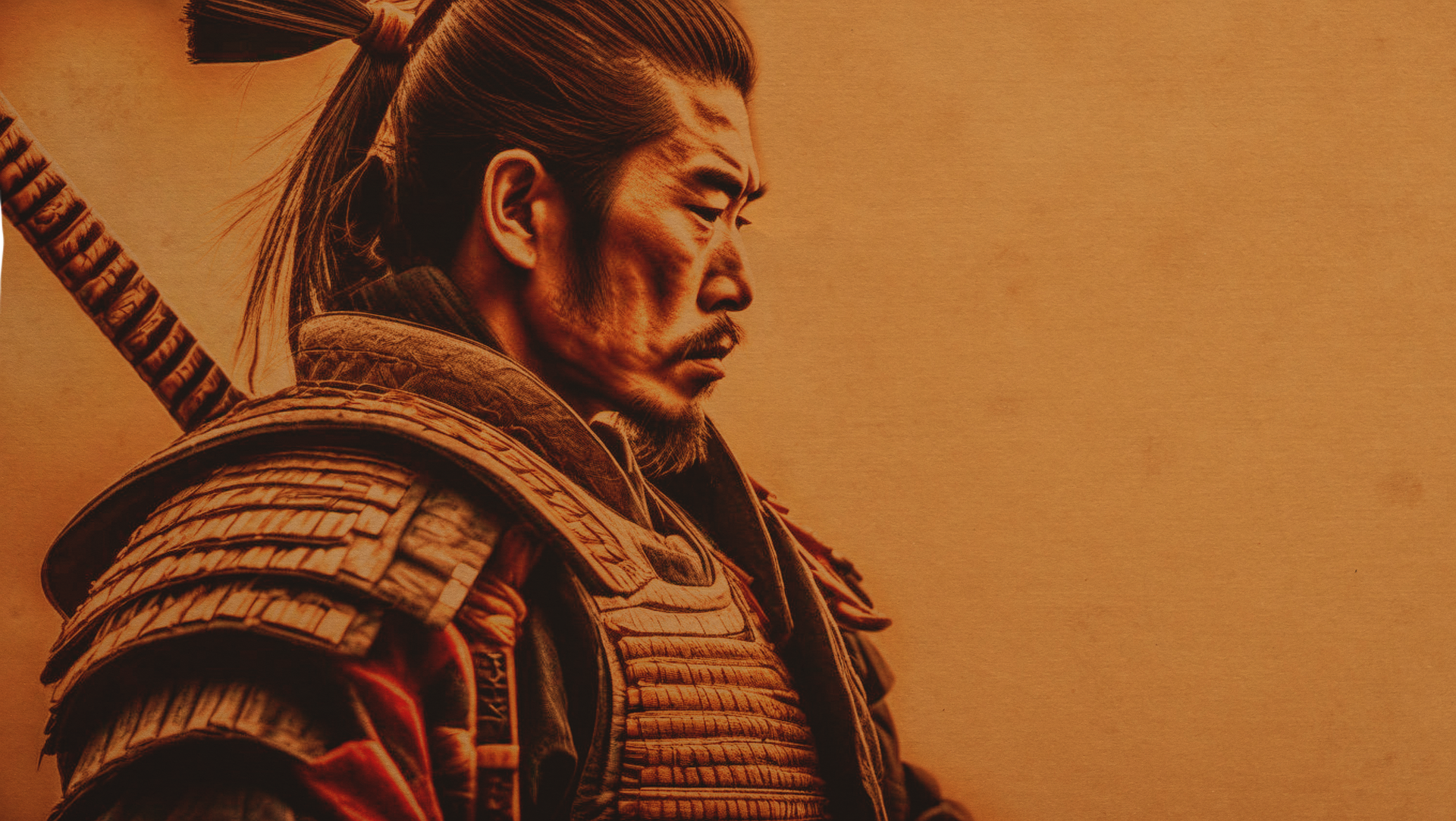
Main Types of Japanese Swords and Their Names

Katana: The Iconic Long Sword
The katana is arguably the most famous Japanese sword, known for its curved blade, single edge, and two-handed grip. Measuring approximately 60–80 cm (24–31 inches), it was primarily used by samurai from the Muromachi period onward. The blade’s curve allows for fast, precise cuts, making it highly effective in combat.
Symbolically, the katana represents the soul of the samurai and was treated with the utmost respect. Compared to Western swords, which are often double-edged and heavier, the katana emphasizes speed, precision, and artistry. Its forging process and spiritual significance make it not just a weapon, but a work of art and a cultural treasure.
Wakizashi: The Companion Blade
The wakizashi is a shorter sword, usually 30–60 cm (12–24 inches) in length. Traditionally worn with the katana as a daishō (meaning “big-little”), the wakizashi served as a backup weapon and was used in indoor combat where space was limited.
This blade also held ceremonial and legal significance. For instance, it was the weapon used for seppuku (ritual suicide), emphasizing its spiritual role in the warrior code. Samurai were typically allowed to carry the wakizashi even when entering a building where other weapons were prohibited.
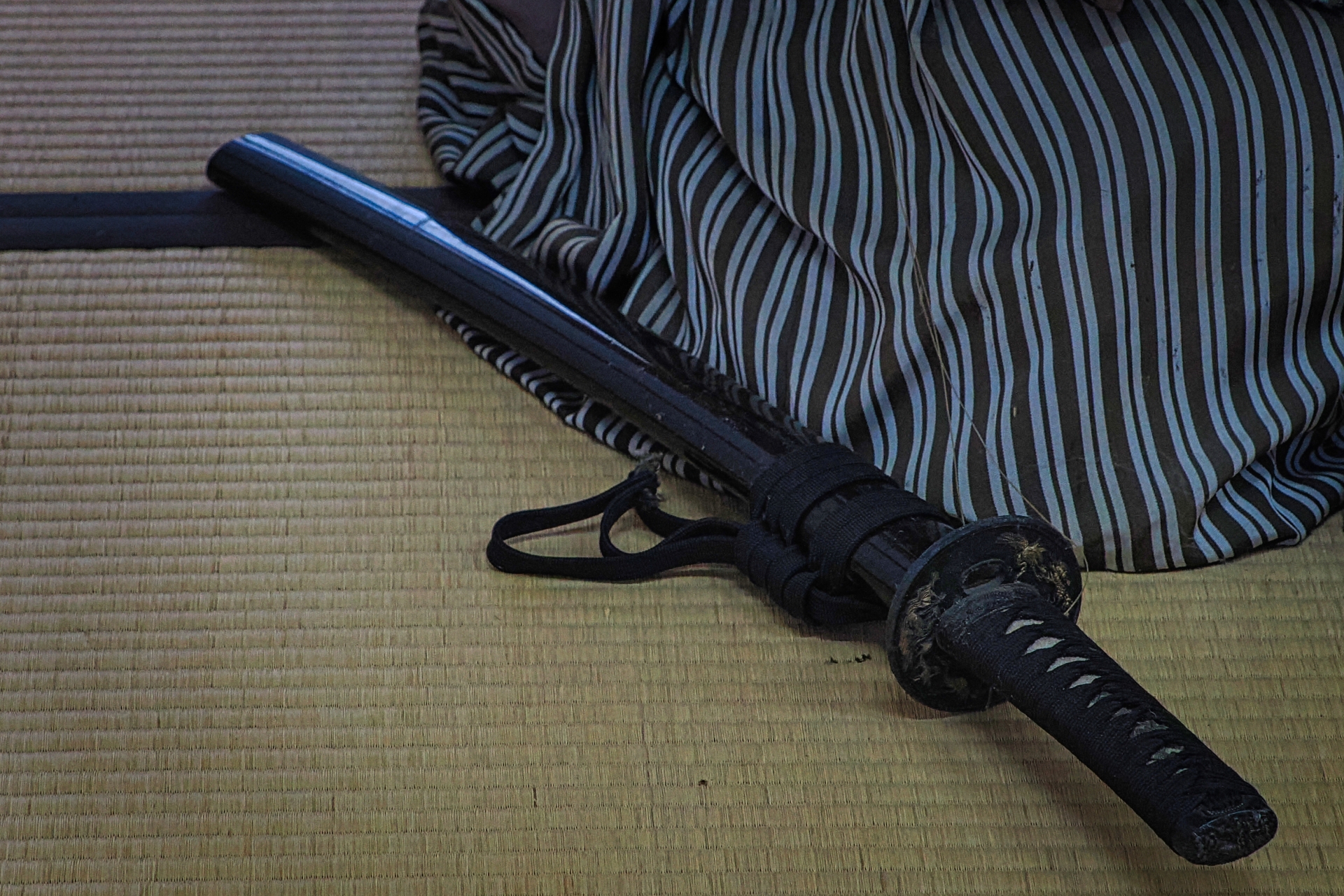
Tanto: The Shortest Blade
The tantō is a dagger-like sword with a blade length under 30 cm (12 inches). Its compact size made it ideal for stabbing and close-quarter self-defense. Historically, women often carried tantō for personal protection, and many examples feature ornate, artistic designs that emphasize aesthetic as well as utility.
Tantō were also given as ceremonial gifts and could be heavily decorated, showcasing intricate fittings and carvings. Despite its small size, the tantō was a vital part of the samurai’s arsenal.
Tachi: The Predecessor of the Katana
The tachi predates the katana and was primarily used by mounted warriors. Unlike the katana, it was worn with the cutting edge facing downward and was often more curved to accommodate strikes from horseback.
Measuring around 70–80 cm (27–31 inches), the tachi was prominent during the Heian and Kamakura periods. Its fittings and mountings differ from those of the katana, making it a unique and historically significant weapon in its own right.
Naginata: The Polearm of Samurai Women and Monks
The naginata is a pole weapon featuring a curved blade mounted on a long shaft. It was used by onna-bugeisha (female samurai) and sōhei (warrior monks) for its reach and versatility.
Naginata-dō, the martial art of using the naginata, is still practiced today, especially among women. The weapon’s elegant form and deadly effectiveness made it a staple on battlefields and a symbol of female strength in Japanese history.
Ōdachi/Nodachi: The Giant Sword of the Battlefield
The ōdachi (also known as nodachi) is an exceptionally large sword, often exceeding 90 cm (35 inches) in blade length. Due to its size, it was wielded on open battlefields or carried on the back.
These swords required great strength to use effectively and were sometimes employed in ceremonial contexts. In later periods, they came to symbolize martial prowess and were rarely used in actual combat.
Sword Length and Classification in Japanese Tradition
How Swords Are Classified by Blade Length
Traditional Japanese swords are classified by blade length:
- Daitō (long sword): 60 cm and above (24+ inches)
- Shōtō (short sword): 30–60 cm (12–24 inches)
- Tantō (dagger): under 30 cm (12 inches)
This classification affects not only the sword’s use but also its legal and ceremonial status. Here’s a simplified chart:
| Classification | Japanese Name | Blade Length |
| Long Sword | Daitō (大刀) | 60+ cm |
| Short Sword | Shōtō (小刀) | 30–60 cm |
| Dagger | Tantō (短刀) | < 30 cm |
Understanding these categories helps clarify the role of each blade in historical and martial contexts.
The Crafting, History, and Maintenance of Japanese Swords
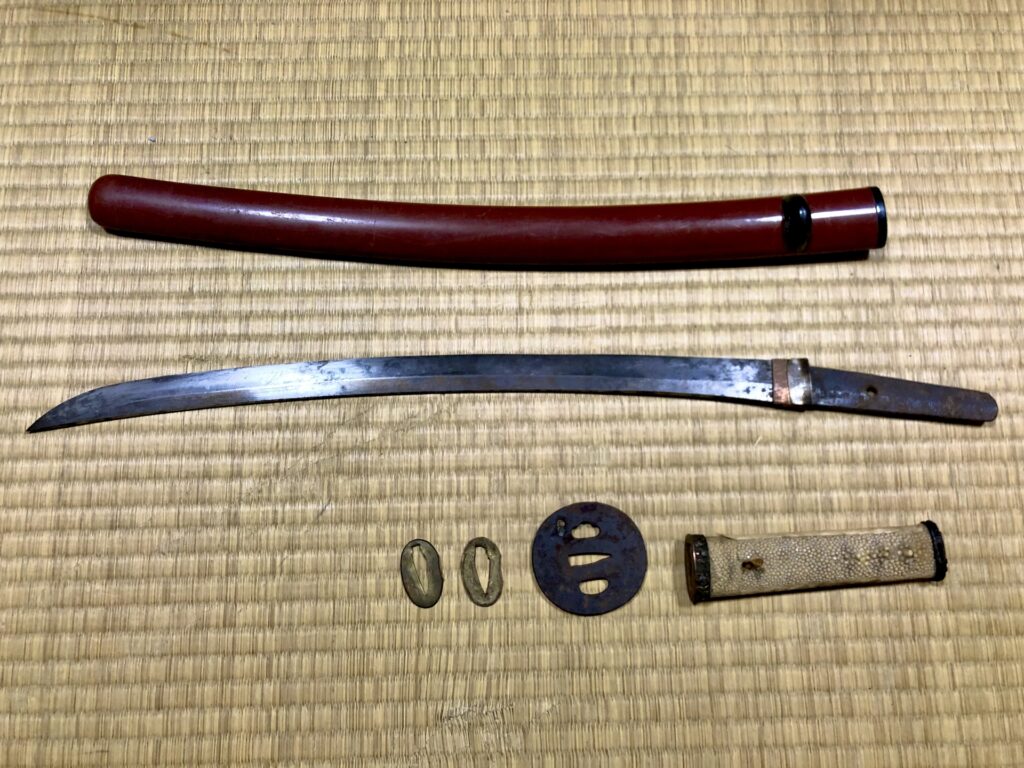
Historical Evolution of Japanese Swords
Japanese swords have evolved significantly from the Heian (794–1185) to Edo (1603–1868) periods. Early swords like the chokutō (straight sword) gave way to curved forms like the tachi and later the katana.
These shifts reflected changes in warfare, armor, and aesthetic ideals. Swordsmithing schools across Japan developed unique styles and techniques, giving rise to regional differences. Each era emphasized different aspects of the sword—military function, spiritual resonance, or artistic beauty.
How Japanese Swords Are Made
Creating a Japanese sword is a complex, sacred craft. It begins with tamahagane—a high-carbon steel made in traditional clay furnaces. The steel is folded multiple times to remove impurities, forming a resilient yet flexible blade.
A crucial step is yaki-ire, the differential hardening process that creates the blade’s signature hamon (temper line). The final steps include polishing, adding the tsuka (handle), and mounting the sword.
A visual flowchart can help understand each stage:
- Tamahagane smelting
- Folding and shaping
- Yaki-ire (quenching)
- Polishing
- Mounting and fitting
Sword Maintenance and Preservation
Proper maintenance preserves the blade’s function and beauty. This includes daily care like wiping with uchiko powder, oiling with choji oil, and storing in a plain shirasaya (wooden scabbard).
Collectors and museums follow strict protocols, including climate control and minimal handling. Poor maintenance can lead to rust and irreversible damage, reducing both aesthetic and historical value.
Japanese Swords in Modern Media and Pop Culture
From anime like Demon Slayer and Rurouni Kenshin to movies like Kill Bill and The Last Samurai, Japanese swords have captured global imagination. The katana, in particular, is often depicted as a symbol of honor and martial prowess.
This global exposure has influenced everything from cosplay to martial arts interest abroad. While often romanticized, these portrayals also spark deeper interest in the authentic history and craftsmanship behind Japanese blades.
English vs. Japanese Naming of Traditional Swords
Understanding both the English and Japanese names of swords prevents confusion. Here’s a handy table:
| English Name | Romanized Japanese | Kanji | Pronunciation |
| Katana | Katana | 刀 | kah-tah-nah |
| Wakizashi | Wakizashi | 脇差 | wah-kee-zah-shee |
| Tanto | Tantō | 短刀 | tahn-toh |
| Tachi | Tachi | 太刀 | tah-chee |
| Naginata | Naginata | 薙刀 | nah-gee-nah-tah |
| Ōdachi | Ōdachi/Nodachi | 大太刀 | oh-dah-chee |
Avoid common mistakes like referring to all Japanese swords as “katanas.” Each blade has unique features and purposes.
Famous Named Swords in Japanese History
Legendary Swords and Their Stories
Several Japanese swords have entered legend. Kusanagi-no-Tsurugi, part of the Imperial Regalia, is steeped in myth. The Honjo Masamune, symbolizing the Tokugawa shogunate, was forged by master swordsmith Masamune but is now lost.
Another famed blade, Dōjigiri Yasutsuna, was said to have slain the demon Shuten Dōji. These swords are more than weapons—they’re cultural icons with centuries of lore.
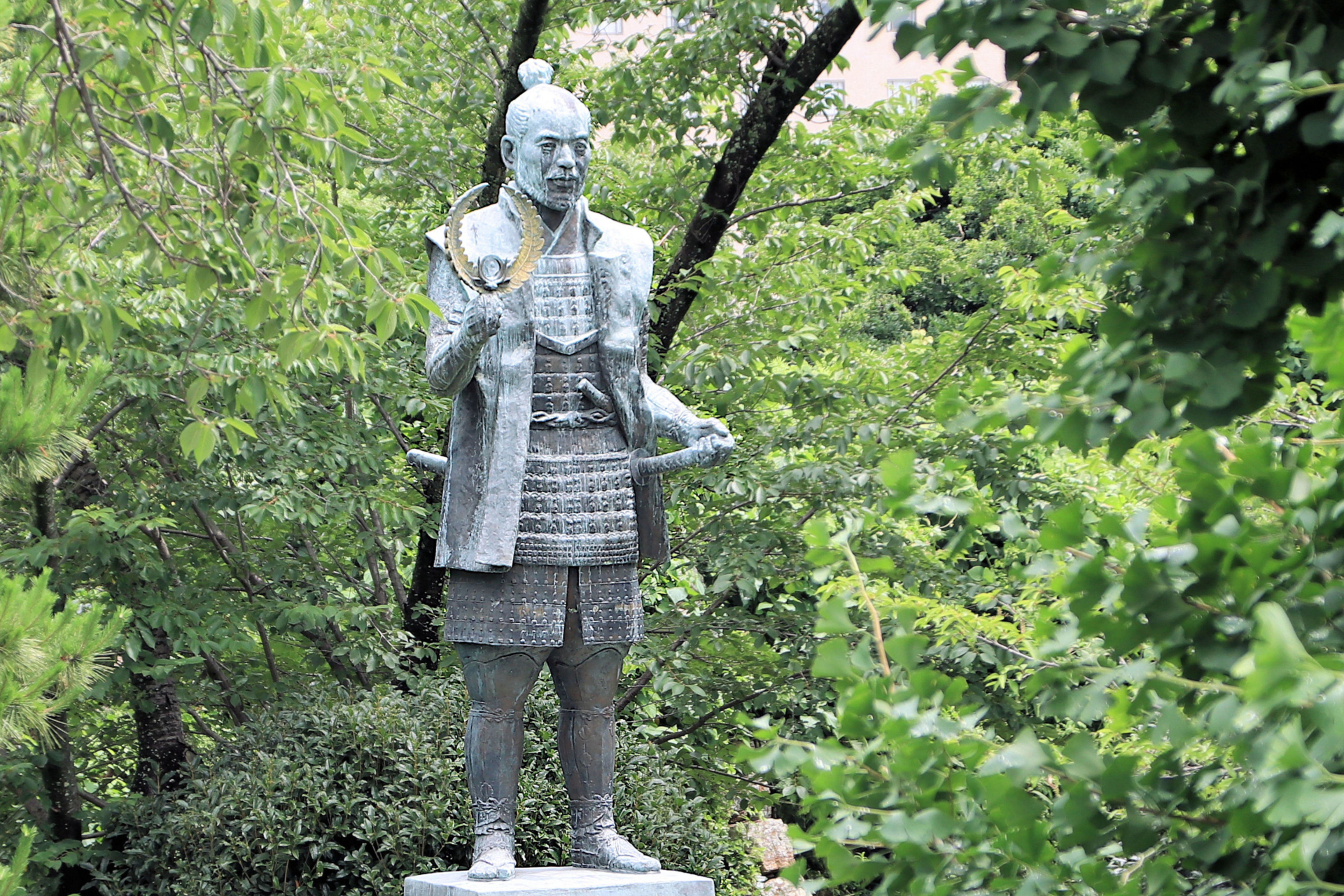
The Swordsmiths Behind the Blades
Renowned swordsmiths include Masamune, known for graceful, balanced blades, and Muramasa, whose swords were reputedly bloodthirsty. Their differing philosophies reflect contrasting views on warfare and honor.
Swordsmith lineages such as the Bizen and Soshu schools passed down knowledge across generations. A lineage chart can show the transmission of techniques and styles throughout Japan’s history.
Conclusion: More Than Just “Katana”
The world of Japanese swords is rich and multifaceted. While the katana may dominate global imagination, it’s only one piece of a vast heritage that includes a variety of blades, each with its own story, function, and meaning.
From the elegant tachi to the formidable ōdachi, these weapons reflect the evolution of Japanese martial culture, artistry, and spirituality. For those interested in deeper exploration, visiting a sword museum or studying historical texts is an excellent next step into the world of nihontō.





